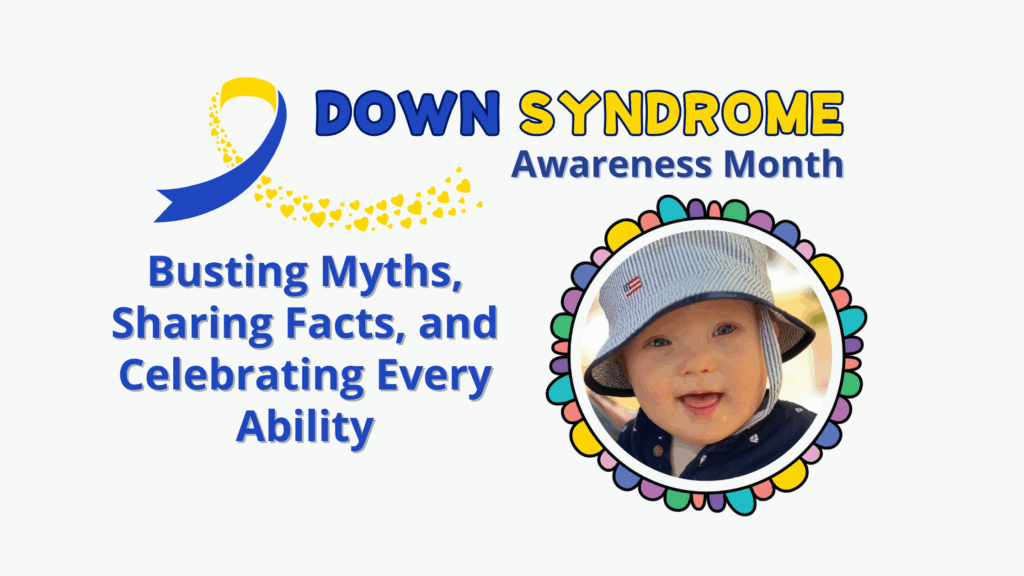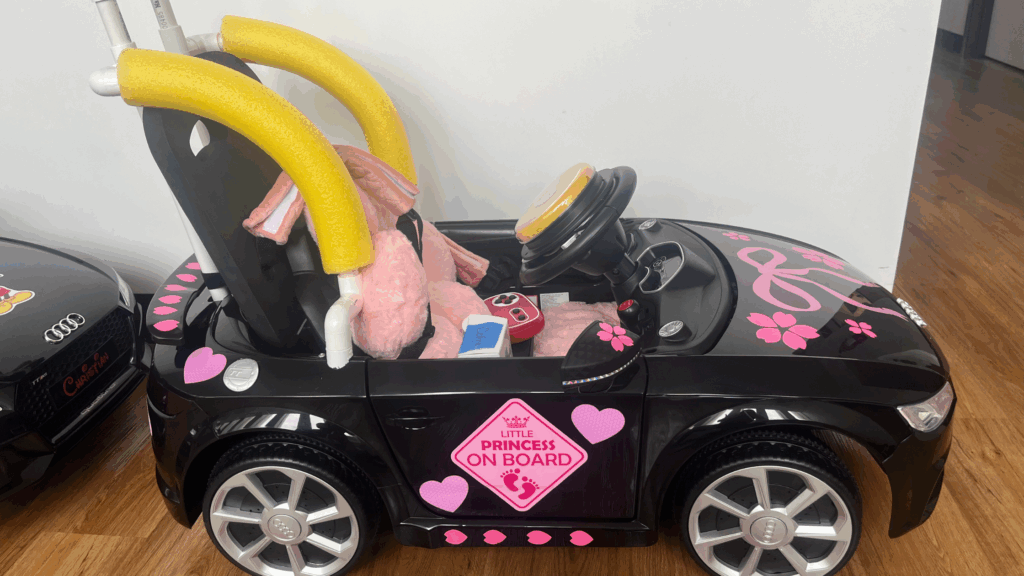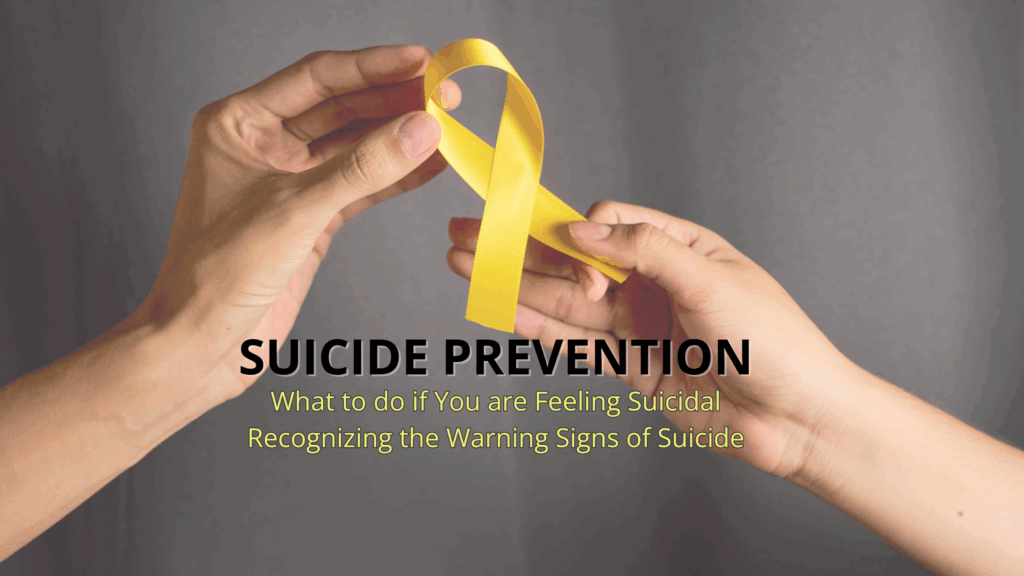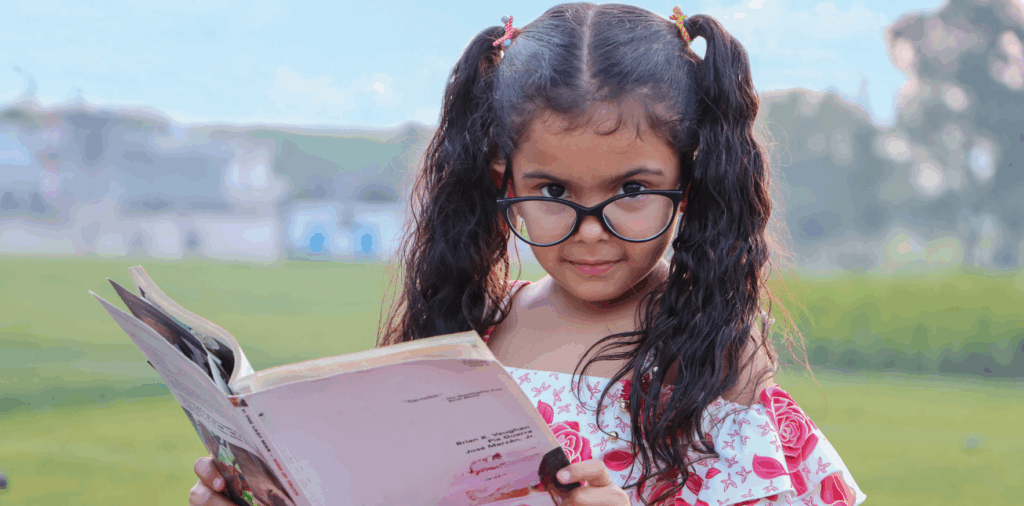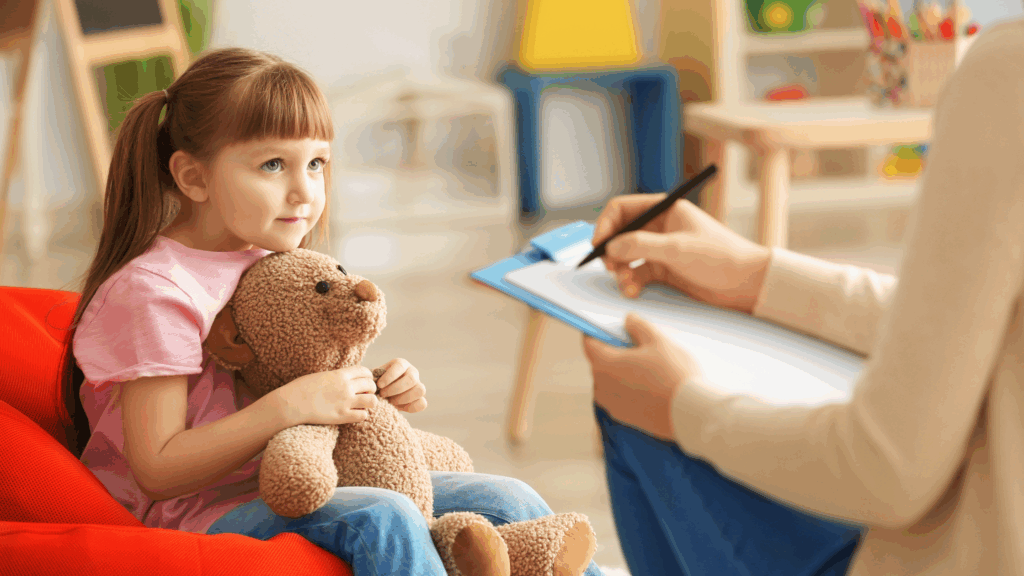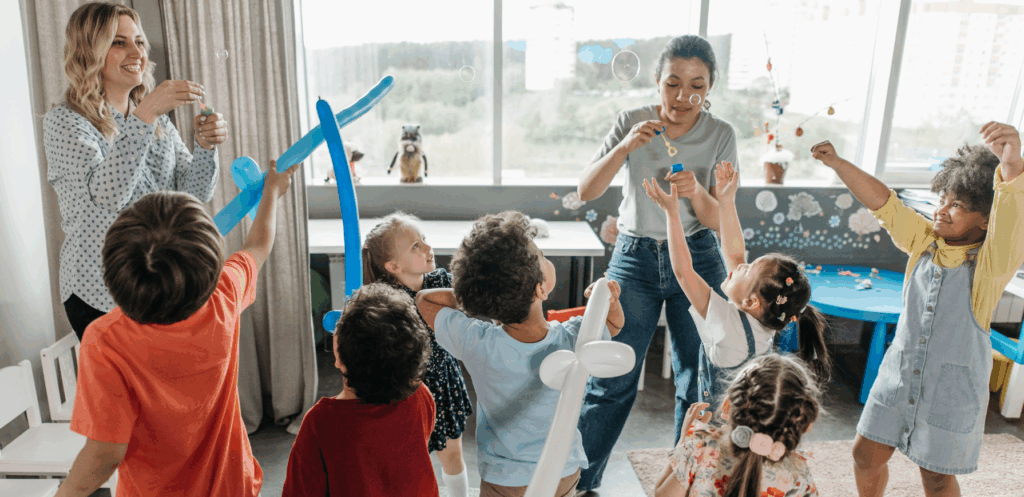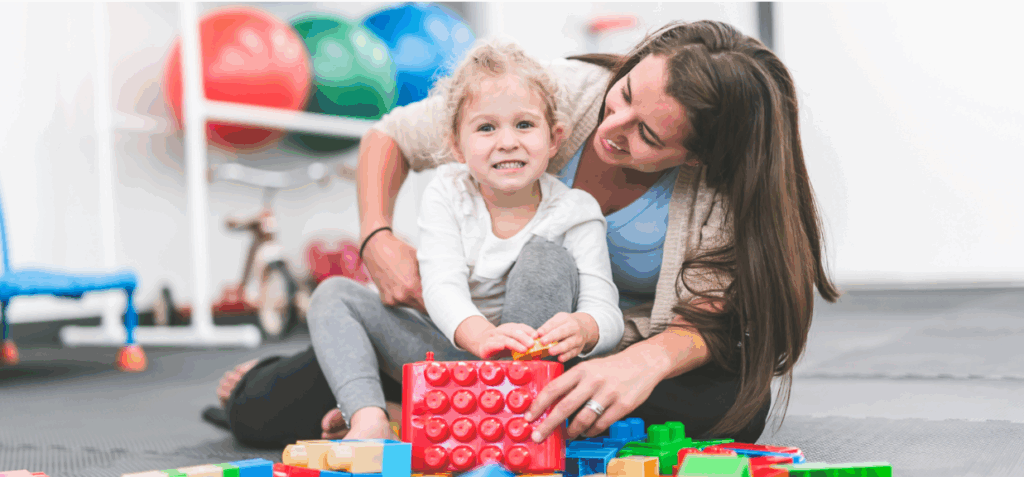Part 1: From Movement to Meaning – Motor Skills as the Gateway to Connection
Introduction
October is Physical Therapy Month, a time to shine a light on the ways PTs help children thrive in every aspect of life. For autistic children, one of the most powerful—but often overlooked—areas of support is motor development. While many kids run to join a game of tag without hesitation, autistic children may struggle with balance, coordination, or motor planning, which makes joining in feel overwhelming. These challenges don’t just affect movement—they can affect belonging. Pediatric PTs step in to bridge that gap.
Why Motor Skills Matter for Social Connection
Childhood is a time rich in social opportunities that often rely on motor skills, such as playing soccer at recess, exploring the playground, or tossing a ball with friends. It can be truly heartbreaking when a child shies away from these activities because movement feels overwhelming or frightening. In those moments, they miss out on valuable chances to connect and create lasting friendships. Unfortunately, being left out can take a toll on their confidence, relationships, and even their mental well-being. Understanding this can help us support children as they navigate these challenges and encourage them to participate at their own pace.
The PT’s Role in Building Connection
Pediatric PTs look beyond isolated exercises. They target the skills children need to join in. That might mean strengthening leg muscles for running games, improving hand-eye coordination for catching, or breaking down complex activities like climbing the monkey bars. Therapy sessions often mirror real-world play, allowing kids to confidently apply new skills in the classroom, playground, and community.
A Story of Progress
Consider Sam, a second grader who felt hesitant to join his classmates at recess because he found it difficult to keep up in running games. It was tough for him to watch from the sidelines while others played. During his physical therapy sessions, he focused on developing core strength, balance, and ball skills, all with the goal of enhancing his confidence. Slowly but surely, Sam began to believe in himself. One day, he took a brave step and joined a kickball game. When he scored, the cheers from his classmates rang out, and in that moment, Sam discovered the joy of being part of the team. It was a beautiful transformation, and he was no longer just a spectator; he was truly included and celebrated.
Collaboration Creates More Opportunities
Physical therapists work closely with families and teachers to ensure that progress continues beyond therapy sessions. This collaboration can transform backyards into obstacle courses, turn homes into practice spaces for ball toss, and empower PE teachers to break down drills into smaller, manageable steps. Together, these efforts inspire children to practice, succeed, and feel a sense of belonging across all environments.
Closing Thought
Motor skills are essential—not merely milestones but the very foundation of connection. Pediatric Physical Therapists empower autistic children to move from the sidelines to the heart of play, transforming movement into impactful, meaningful experiences.
This is the first in our PT Month series. In Part 2, we’ll explore how PTs support autistic students in breaking barriers and finding success in PE and sports.
~Shannon Steele DPT

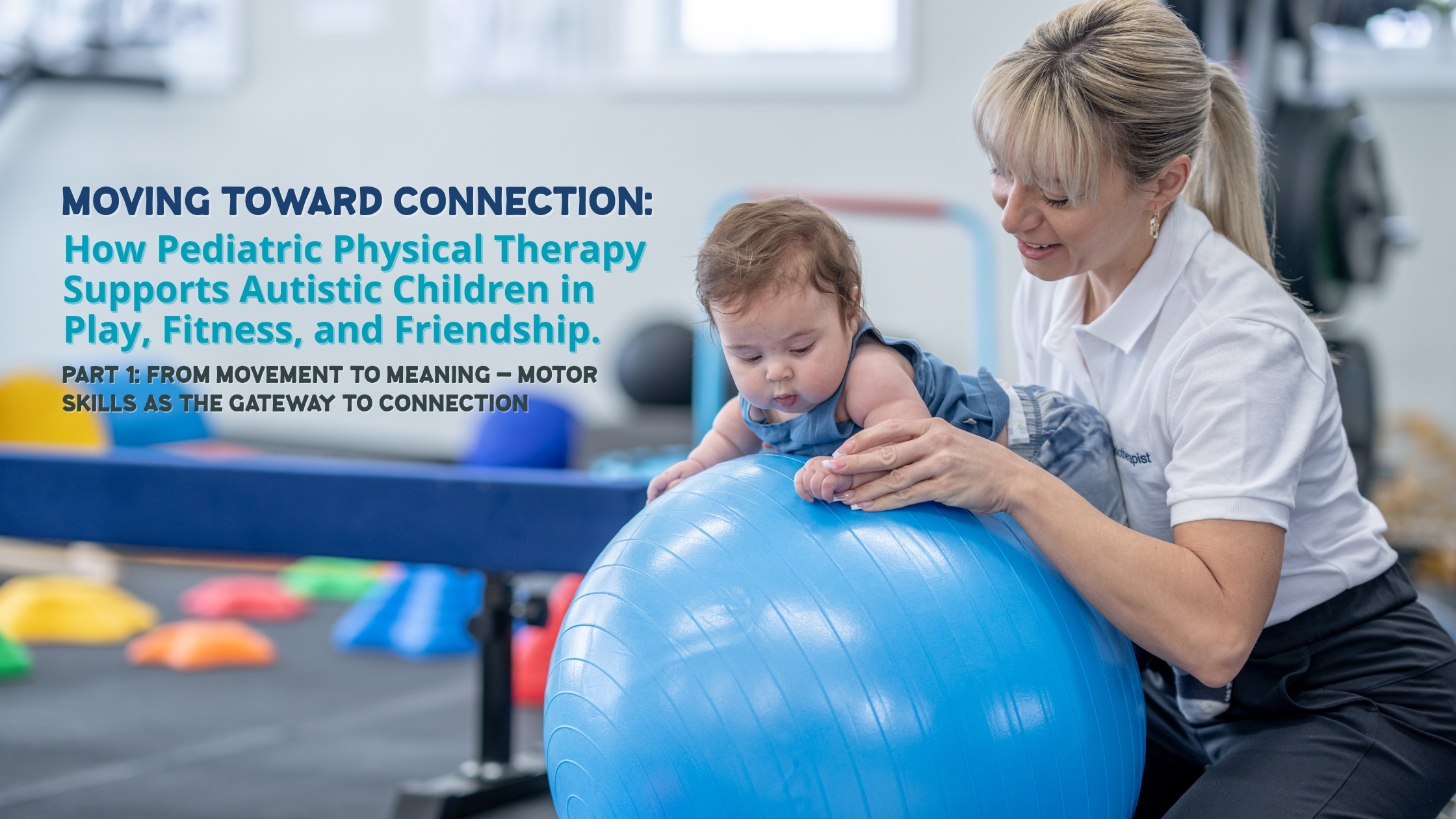
 02 Oct 2025
02 Oct 2025 